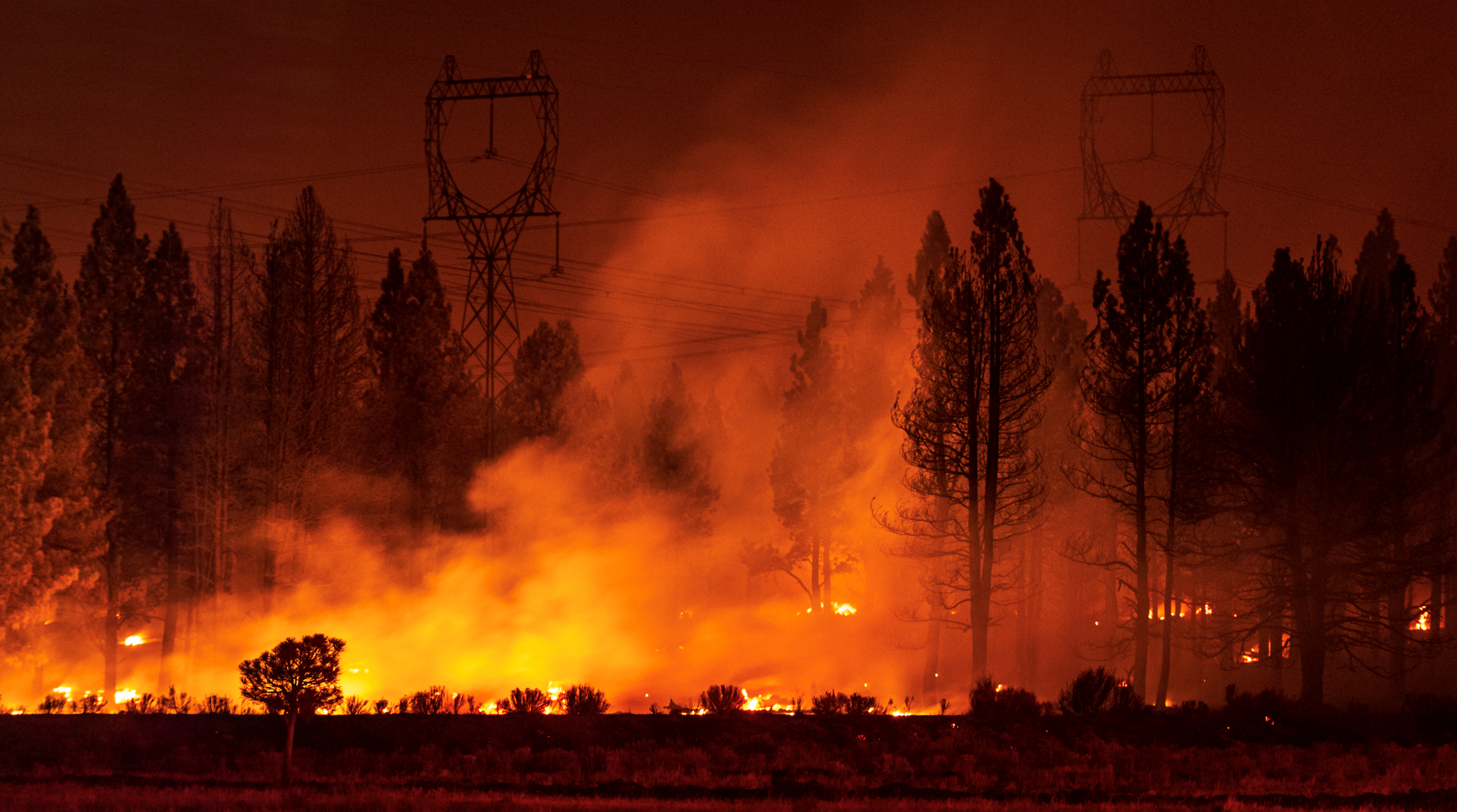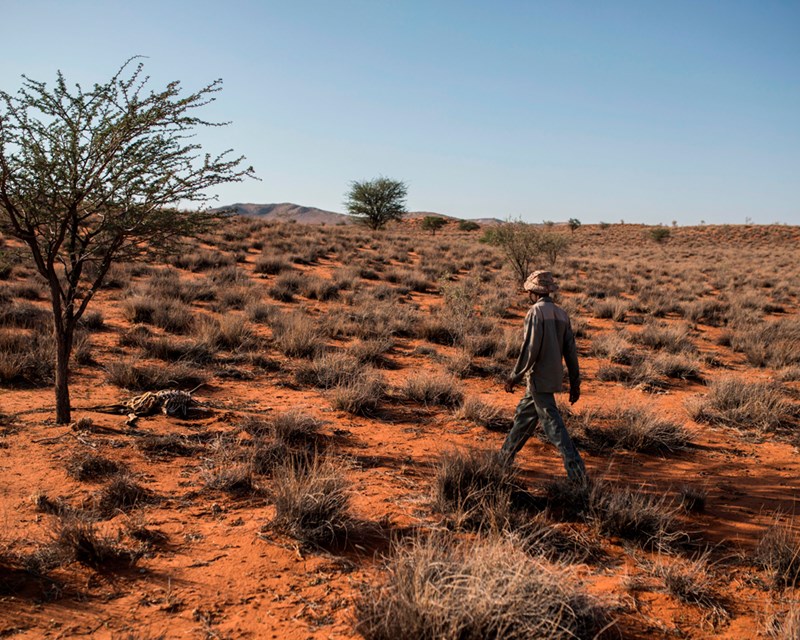According to the latest reports from the Intergovernmental Panel on Climate Change (IPCC), the world needs to increase green investment by three to six times current levels in order to limit global temperature rises to 1.5 degrees and avert runaway, catastrophic climate change.
That’s more than all the grantmaking and public sector money in the world can achieve by itself. To reach this scale of investment, we need to address the flow of capital across the entire global finance system away from fossil fuels and towards effective climate solutions, biodiversity, nature, and a just transition.
Philanthropists may not be able to fill that funding gap alone, but there is a lot they can do to power this transformation with capital investment.
One way is to fund research and development solutions that aren’t yet commercially viable. Another is as providers of first-loss capital that incentivises commercial investment in impact-first vehicles.
They can also act as sources of expert knowledge that can use their strength as investors to make sure that capital is deployed in the places and ways it will be most useful.
These uses of philanthropic capital, I believe, are as powerful a force for systemic change as the more typical philanthropic investments in grassroots organising, advocacy, and policy work.







